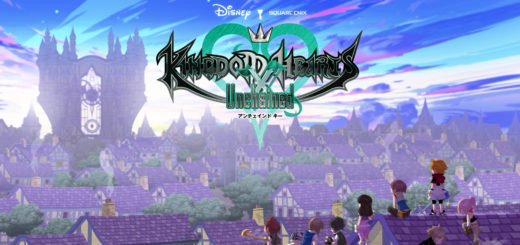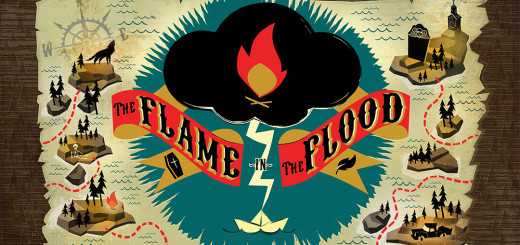PERSONA 5 Review
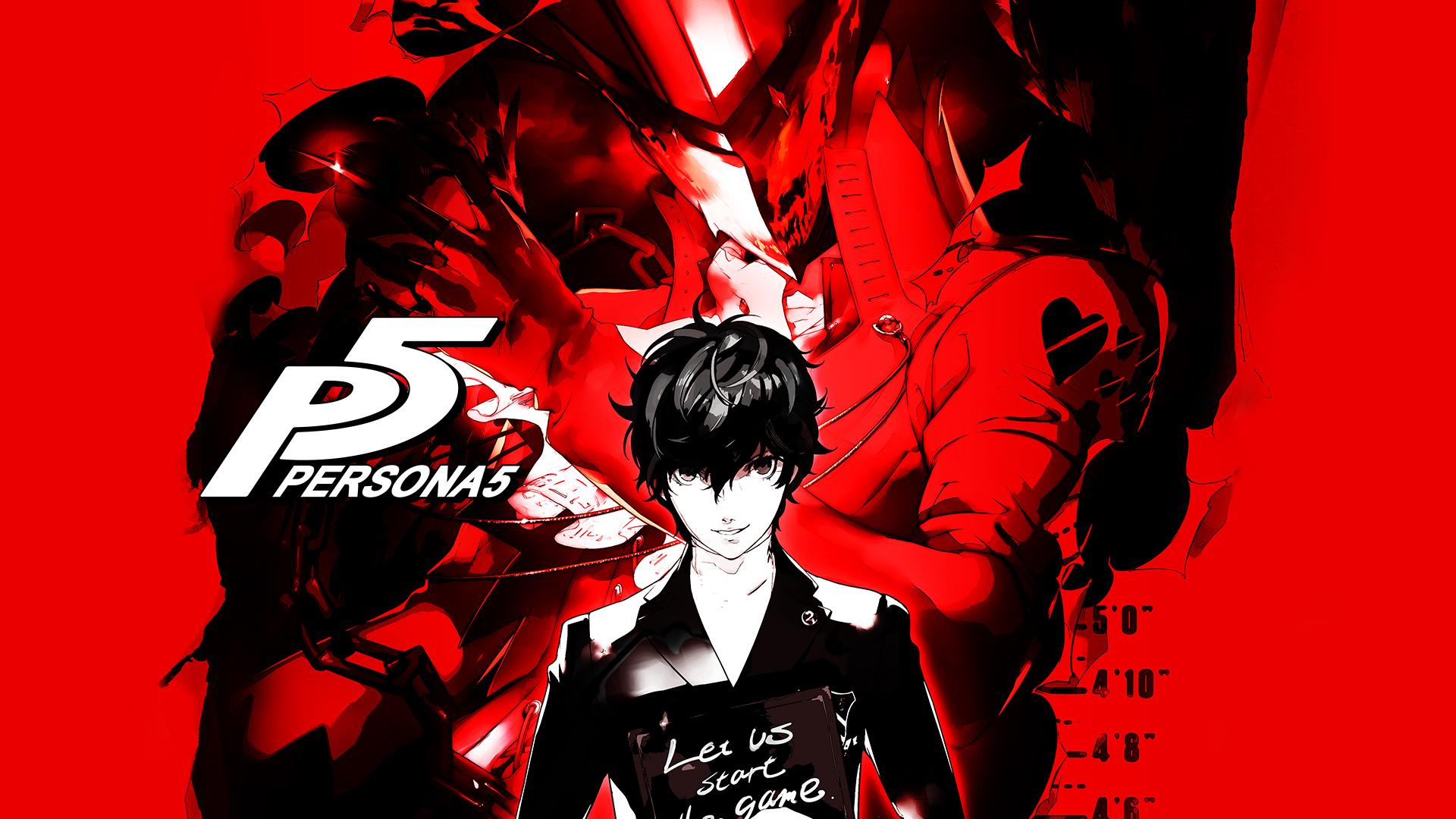
I never finished PERSONA 4. Yes, I’m kind of ashamed to admit it. I know it’s a beloved JRPG classic, and a ton of my friends lavish Atlus with praise for creating such a brilliantly realized game, but I lost motivation at some point, probably due to the game’s poor pacing early on and overall length. I even finished SHIN MEGAMI TENSEI 4 before going back, which made me think there was either something wrong with me, or something wrong with P4 that I just couldn’t get into. All the while, I kept telling myself I’d still return someday. Naturally, when all of the buzz regarding the development and release of PERSONA 5 started, I remained skeptical that I would be able to even enjoy another entry in the series. Let me dispel any doubt right now: I was absolutely and horribly wrong for even being remotely uncertain about this game. With its strong, resonant storyline, emphatic audio-visual elegance, and painstaking eye for detail, P5 left an impression on me deeper than any other JRPG has since it was announced nearly five years ago. Make no mistake—this one is something special.
PERSONA 5’s story hits the ground running—the game opens in medias res with a thrilling escape from a gaudy mid-city casino led by a dashing, masked bandit. The protagonist’s getaway goes awry and he ends up beaten down in interrogation, where players learn the origins of the Phantom Thieves, a cadre of masked revolutionaries aiming to change the world by stealing people’s twisted desires and reforming their hearts. A series of flashback sequences recount the journey up to that point, reintroducing the main characters as regular high school students before their vigilante turn. This flashback/flash-forward method is a bit distracting at times—it often interrupts the flow of the plot to repeat things players should already know—but by and large, it serves to provoke an interest in the Phantom Thieves’ targets and the overarching storyline that strings everything together. It’s particularly interesting that the main characters are established as the Phantom Thieves from the get-go rather than students; it frames the entire narrative around this concept, making the comparatively mundane school life feel like a cover for the crew’s clandestine endeavors. It’s a marked improvement in storytelling for Atlus, considering that the early segments of PERSONA 4 meandered before really tackling the core conflicts of the story. Yes, the beginning of P5 is still mired a bit by slow exposition to the characters and setting, but the riveting prologue is both a great hint of the insanity to come and a motivator for players to bear through the game’s somewhat sluggish startup.
On the surface, it sounds very INCEPTION-meets-THE BREAKFAST CLUB (excuse the lack of esoteric film knowledge), but its execution is something altogether different. For a fantastical role-playing game about mind palaces and misfit kids with magic powers, the subject matter is grounded in the very real, very relatable struggle of fitting in. The game deals with heavy themes like child abuse and suicide from the outset, and doesn’t really let up, growing darker in tone as the story continues. The protagonists’ motivations are abundantly clear—many are victims of some kind of exploitation or abuse from authority figures around them—and they rally together to stop those injustices.
The main action of the gameplay revolves around the process of changing targets’ hearts; the Thieves learn about an evildoer who inflicts atrocities on the less fortunate, and infiltrate luxurious locales born of the mark’s mind, dubbed “palaces,” in order to steal their thoughts. These Palaces serve as P5’s “dungeons,” filled with puzzles, treasure, and patrolling guards that can either be evaded or taken on directly. Defeated enemies can be recruited as Personas or held up for money and items with some negotiation, playing out sort of like POKÉMON with guns.
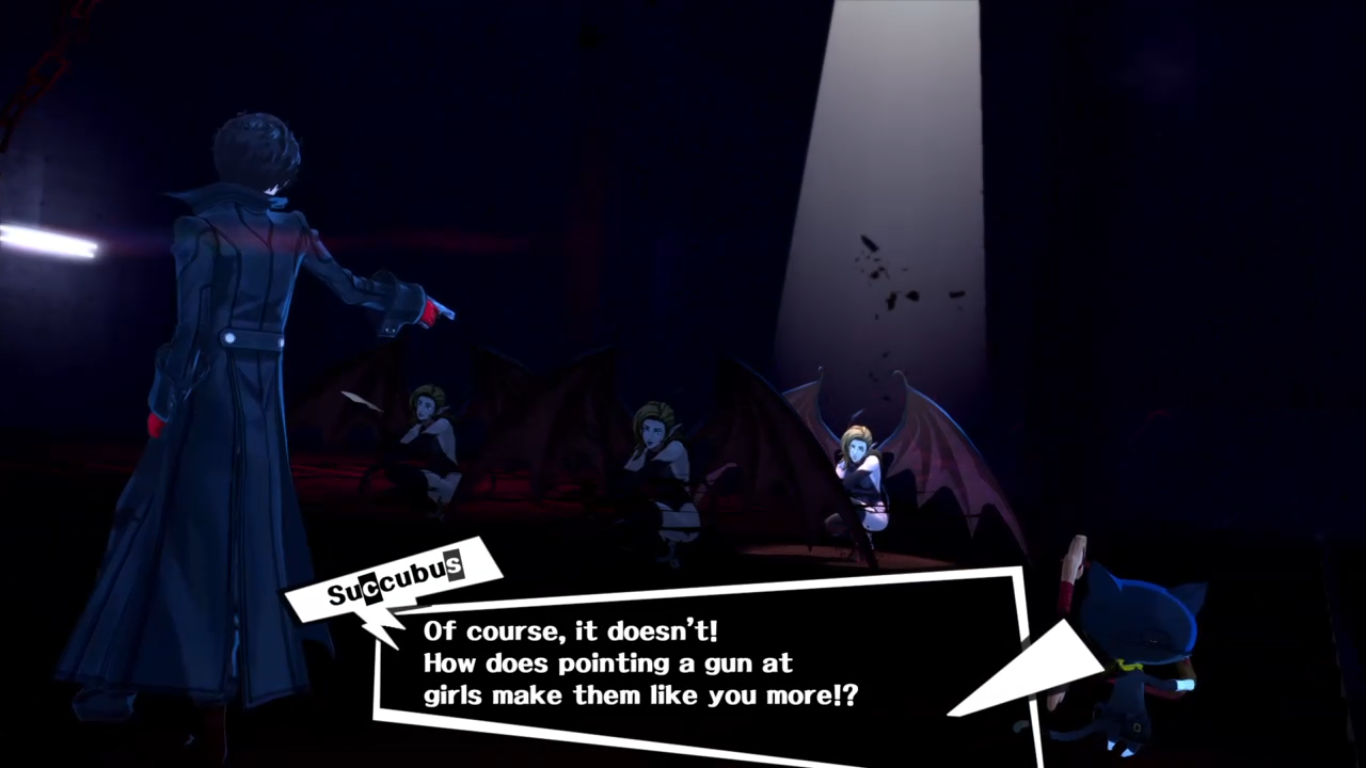
Tinder really paved the way for some aggressive dating strategies
Image Source: Screenshot
Once the goal is found, the Phantom Thieves send out their calling card, denouncing their prey’s actions and striking fear into their hearts, which makes their thoughts take a corporeal form. It all culminates in the heist itself, where players make one last run into the palace and battle a boss guarding their goal. It’s an exceptional formula that gives players a very tangible goal to work towards; pulling off these intricate plans over hours of in-game time always feels so damn rewarding, because all of the effort it took to get there is very clearly expressed.

Did somebody say ‘calling card’?
Between all these daring heists, the team members go about their daily lives to avoid having suspicion cast upon them. Daily life segments make up the bulk of the game, and allow Joker (the player-named hero’s preset code name) to spend time developing relationships with his team and other peripheral characters—his confidants—while experiencing downtime or preparing his next targets for theft. In addition, players can engage in a slew of different activities, like taking a stroll over to the batting cages, studying, fishing, working out, or even working a part-time job for some extra cash. There are even theaters to watch movies at, complete with a few hilarious lines of terrible impersonations in reference to popular cinema.
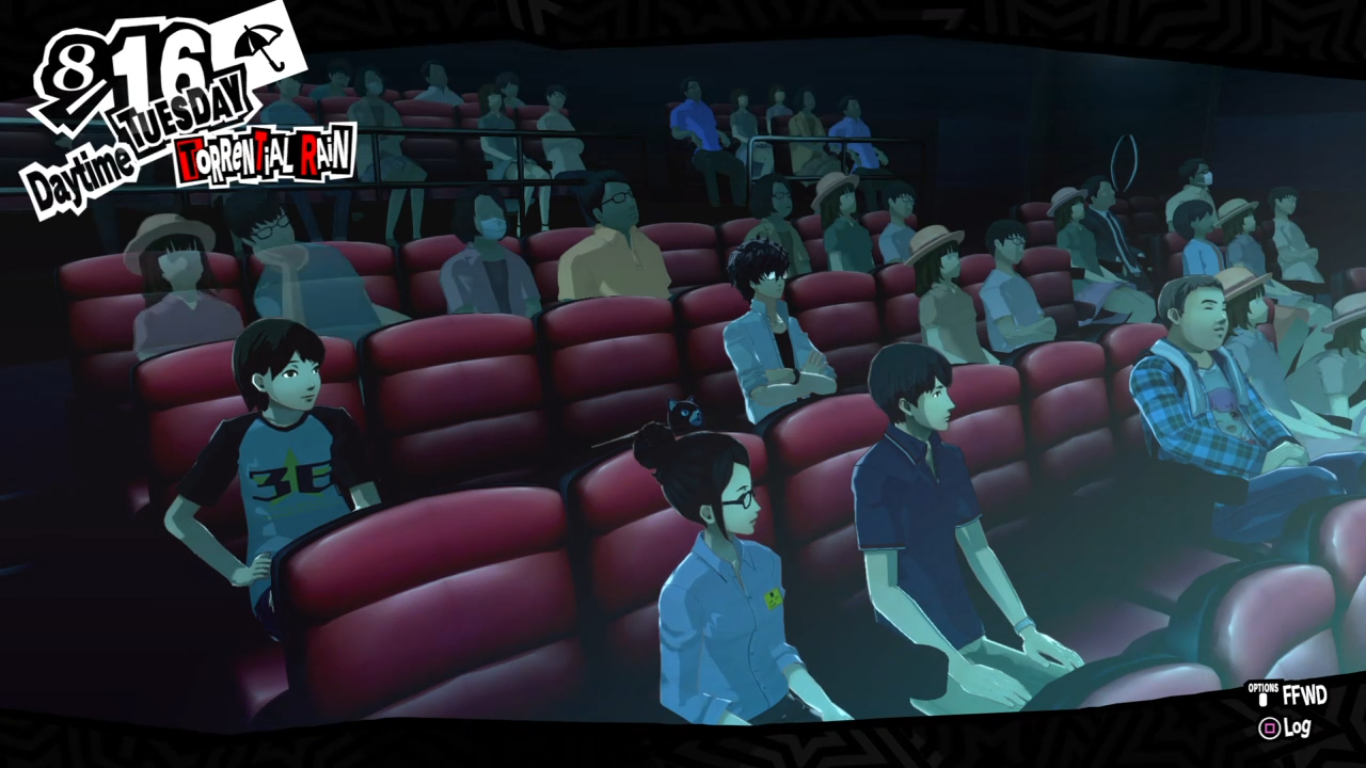
THE CAKE KNIGHT RISES is a serious contender for Best Picture this year
Image Source: Screenshot
Living out a normal life in-game makes for a strangely addictive experience. I find myself enjoying a lot of these stretches more than the turn-based action because it really fleshes out the setting, while naturally providing exposition to all of the interesting characters surrounding the protagonist; getting to know just how weird fellow thief Yusuke is or finding out that my gruff caretaker Sojiro has a gentler side than I originally expected really immersed me further into an already well-conceived world. It all serves a purpose, too. Participating in activities improves Joker’s social parameters, like charm or knowledge. Some confidants won’t open up to Joker if his social skills aren’t developed enough, so it’s important to finally go take that bath or read some books to get him to bond with his friends. In another series first, spending time with confidants confers upon the team some awesome new benefits, like increased stock in some stores, bonus experience points, or new team skills like the baton pass, a move that boosts damage to enemies accompanied by high-fives and dramatic, stylish posing. Back in March, I briefly mentioned how social links in PERSONA 4 lacked visual indicators of characters’ bonds. P5 seems to clear all that up nicely by having the cast interact playfully even during battle, emphasizing their rapport through body language and giving players the feeling that they’re all operating on the same wavelength instead of signifying a relationship via arbitrary numbers or stat boosts. The devil is in the details here, and the details reflect a much more holistic sense of design than Atlus has previously been capable of employing.
Even in a series long-lauded for its audacious and vibrant art direction, PERSONA 5 boldly stands out as having the most thoroughly cohesive visual and aural style of the bunch. Tokyo’s various neighborhoods are brought to vivid and remarkably accurate life through beautiful cel-shading, right down to bustling Shibuya and the main character’s home streets of Yongenjaya (an exceptionally true-to-life analogue to the real Sangenjaya neighborhood in Tokyo). The game is wholly committed to the recurring motif of thievery, most notably so in its character design, which is almost certainly the best that Persona has seen to date. The Phantom Thieves’ outfits are just short of uniforms, with everybody possessing unique masks and fighting poses that accentuate their personalities; leather jackets, popped collars, red gloves, and slick weapons all make these kids look far more badass than high school students have any right to be, and it works in spades. Menus even adhere to the same color palette of red, white, and black that the Phantom Thieves’ costumes use. The sleek, fluid, pop-up battle UI makes the most tedious random encounter feel fast-paced, with most actions performed with just a couple of button presses, an overdue departure from typical clunky JRPG fare. It’s so striking, in fact, that it’s already inspired a slew of new memes pasting it onto just about everything. I’m not really used to describing a user interface in a video game as visually arresting, or having much to say about an RPG UI at all, but P5 is made every bit better for placing such meticulous detail into an element that goes largely overlooked and underappreciated.
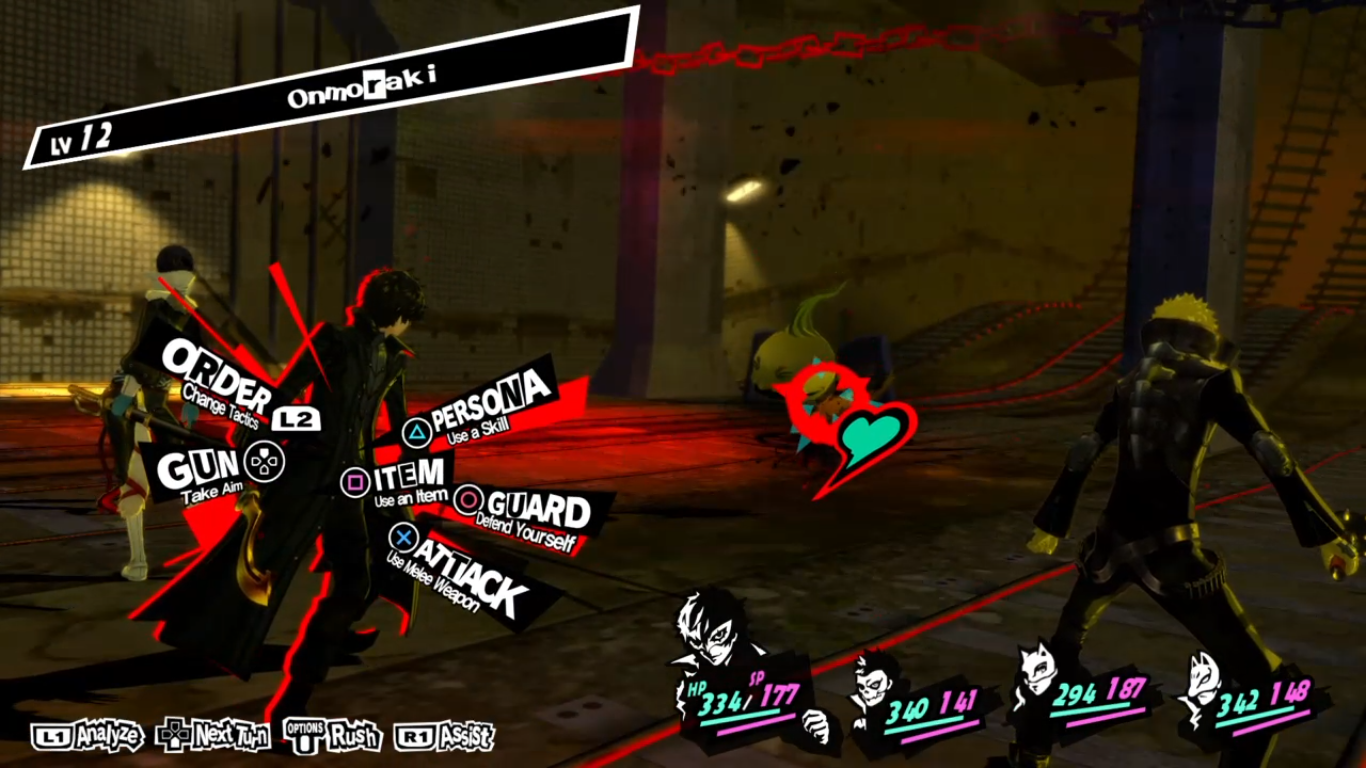
I literally could’ve posted a selfie with the UI slapped on it and made my point
Image Source: Screenshot
Composer Shoji Meguro is equally responsible for establishing the game’s extraordinary aesthetic. From the smooth, down-tempo “Beneath the Mask” that plays during many of the game’s daily life segments, to frenetic action bits like “Last Surprise” and “Price” (probably my favorite BGM), every track masterfully sets the tone for the Phantom Thieves’ undertakings. On top of it all, a lot of tracks have accompanying lyrics that allude to the duality of the main characters’ lives, a genius touch Meguro has often incorporated in his other works. The smooth, jazzy soundtrack harmonizes extremely well with the motifs of thievery and revolution that PERSONA 5 is built upon.
In fact, so much of PERSONA 5 feels so carefully united by its themes. More than the gameplay, more than the plot, I love that P5 ties everything back into the core concepts Atlus envisioned, right down to the lyrics and acid jazz influence of the background music. Every character’s main persona is a famous thief or rebel drawn from classic fiction and real history, like Arsene, named after Maurice Leblanc’s infamous gentleman thief Arsene Lupin, or Captain Kidd, a historical privateer-turned-pirate. Dungeons are part of the design process, too, covering the usual burglar marks from ancient castles and fancy museums to more modern banks and casinos. It can’t be stressed enough that the game is refined right down to its bubbly UI and basic yet nuanced gameplay. Here, style is substance, because despite having some of the weakest graphics the PS4 has seen to date, P5 still manages to look both gorgeous and distinct (Take that, STAR OCEAN). The team’s flashy all-out attacks are punctuated by snarky character portraits and some very simplistic silhouettes on a red background, and yet it never gets old to watch.
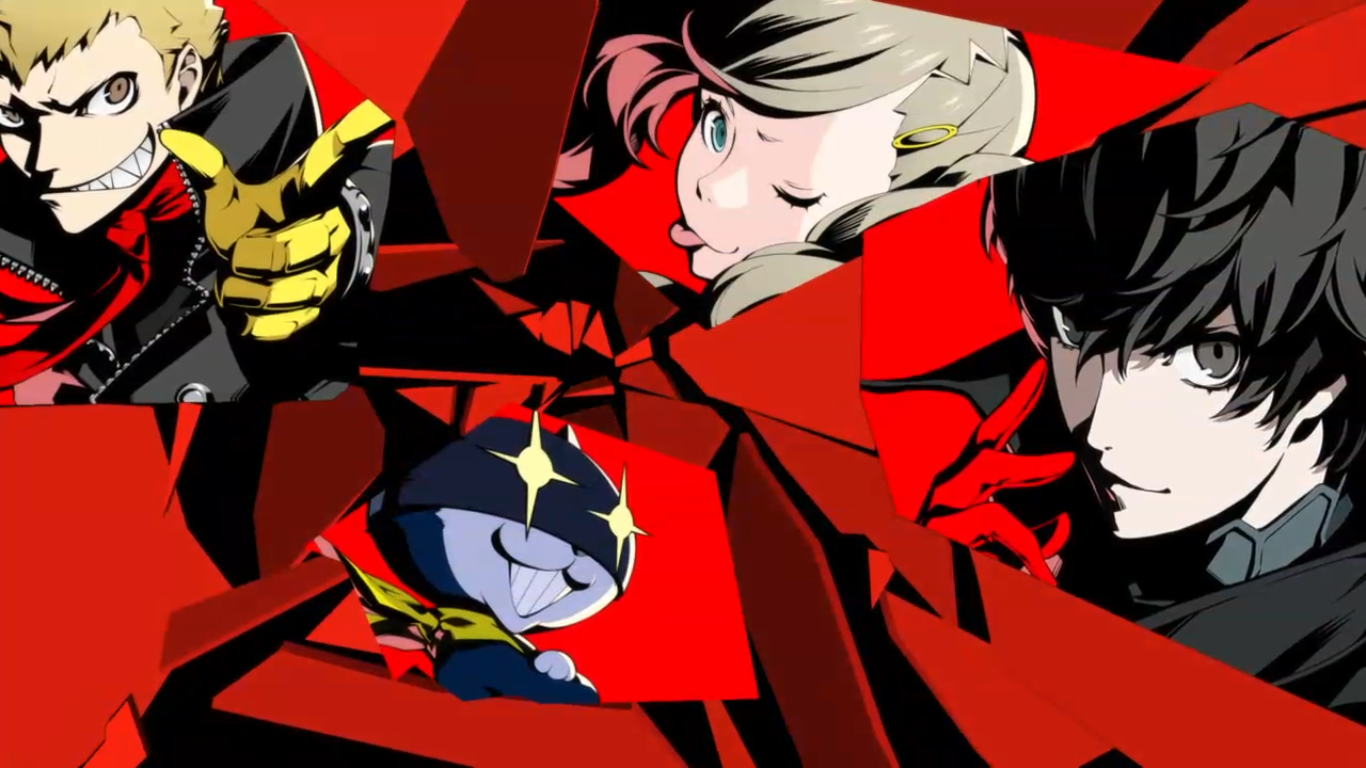
We’re here to kick ass and steal hearts . . . and we’re all out of hearts
Image Source: Screenshot
There is an overwhelming commitment to consistency at play in the game’s design, and that expert handling of the process is easily what helps define PERSONA 5 as a masterpiece of the genre and a seminal work of the medium at large. It’s notable that as JRPGs even seem to be migrating toward action and away from tradition, this one holds its ground and does so with an unabashed flair and extreme attention to all aspects of the experience. The Phantom Thieves have stolen my heart, but is it really stealing if I forked it over the second they showed up at my door?
Verdict: Recommend
Reviewed on PlayStation 4, also available on PlayStation 3.

